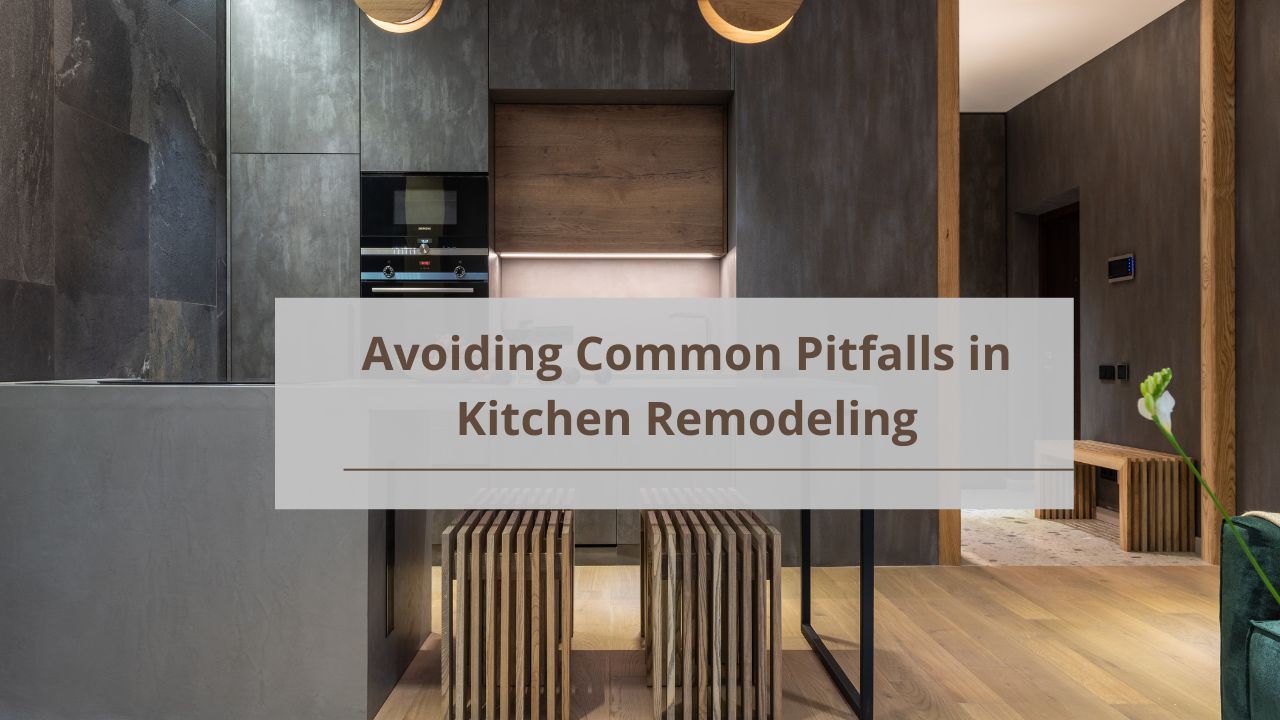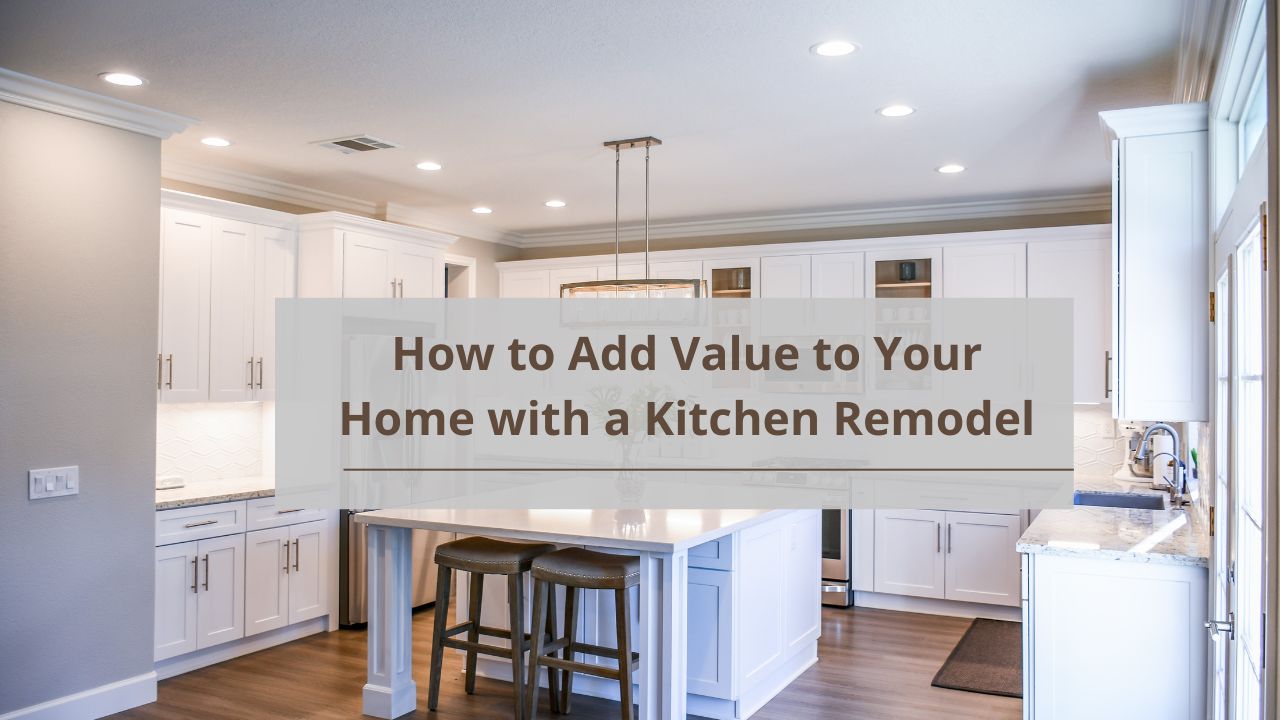Installing kitchen cabinets is a crucial step in any kitchen remodel or renovation. Proper installation ensures that your cabinets function well, look great, and provide lasting value to your home. This guide will walk you through the step-by-step process of installing kitchen cabinets, from preparation to final adjustments, helping you achieve a professional result even if you’re a DIY enthusiast.
Preparation
Measuring Your Space
Tools Needed for Accurate Measurements: To start, you’ll need a tape measure, a pencil, a level, and possibly a laser level for precise measurements. Accurate measurements are essential to ensure that your new cabinets fit perfectly.
Creating a Cabinet Layout Plan: Measure the width, height, and depth of your kitchen space, and create a detailed layout plan. Include measurements for doors, windows, and any obstacles. This plan will guide your cabinet installation and help ensure a smooth process.
Gathering Tools and Materials
Essential Tools for Installation: You will need a drill, screwdrivers, a saw (if cutting is necessary), a level, a stud finder, and various screws and anchors. Having the right tools on hand will make the installation process more efficient.
Materials Needed for the Job: Gather all necessary materials, including cabinet mounting screws, shims, and any additional hardware required for installation. Make sure you have everything ready before starting the project.
Removing Old Cabinets
Safety Precautions
Turning Off Utilities and Protecting the Area: If your old cabinets have any electrical or plumbing fixtures, turn off the utilities and protect the work area with drop cloths. Ensure that the space is safe and clean before you begin removing the old cabinets.
Removing Existing Cabinets
Detaching Cabinets from Walls: Start by removing the screws or nails that attach the old cabinets to the wall. Carefully detach each cabinet, being mindful of any plumbing or electrical connections.
Handling and Disposing of Old Cabinets: Remove and dispose of old cabinets responsibly. If possible, donate or recycle them to reduce waste. Clean the area thoroughly before preparing for new cabinets.
Preparing the Wall and Floor
Repairing and Leveling the Surface
Fixing Wall Imperfections: Inspect the wall for any damage or imperfections. Patch holes, repair cracks, and ensure that the wall surface is smooth and clean. A well-prepared wall is essential for a successful cabinet installation.
Ensuring a Level Surface for Cabinet Installation: Check the floor and wall for levelness. Use a level to verify that the surface is even and make any necessary adjustments to ensure a stable and accurate installation.
Marking Cabinet Positions
Using a Level and Measuring Tape: Use a level and measuring tape to mark the positions of your cabinets on the wall. This will help ensure that your cabinets are installed at the correct height and align properly with your layout plan.
Marking Wall Studs and Cabinet Placement: Locate and mark the wall studs where you will secure the cabinets. Properly align the cabinet placement with these studs to ensure a secure installation.
Installing the Upper Cabinets
Attaching the Hanging Rails
Securing Rails to Wall Studs: Install hanging rails or cleats on the wall to support the upper cabinets. Secure them to the wall studs using screws to ensure they can support the weight of the cabinets.
Ensuring Level Alignment: Check that the hanging rails are level before proceeding. Use a level to verify alignment and make any necessary adjustments.
Mounting the Cabinets
Lifting and Securing Upper Cabinets: Carefully lift and position the upper cabinets onto the hanging rails. Secure the cabinets to the rails and the wall studs using screws.
Checking for Level and Plumb: Use a level to ensure that the cabinets are both level and plumb. Make adjustments as needed to achieve a perfect fit.
Securing Cabinets Together
Joining Adjacent Cabinets: If you have multiple upper cabinets, join them together using screws or brackets. Ensure that the cabinets are aligned and securely fastened.
Ensuring Stability and Alignment: Verify that all upper cabinets are stable and properly aligned. Make any final adjustments to ensure a seamless appearance.
Installing the Lower Cabinets
Positioning and Leveling
Placing Lower Cabinets in Position: Position the lower cabinets according to your layout plan. Use shims to level the cabinets and ensure they are properly aligned with the upper cabinets.
Leveling and Shimming as Needed: Adjust the height of the lower cabinets using shims to achieve a level installation. Check for levelness and make adjustments as needed.
Securing Lower Cabinets
Attaching Cabinets to the Wall: Secure the lower cabinets to the wall studs using screws. Ensure that they are firmly attached and aligned with the upper cabinets.
Connecting Cabinets Together: Join adjacent lower cabinets using screws or brackets. Ensure that they are stable and properly aligned.
Installing Cabinet Hardware
Fitting Doors and Drawers
Attaching Hinges and Handles: Install cabinet doors, hinges, and handles according to the manufacturer’s instructions. Ensure that doors open and close smoothly and that handles are securely attached.
Adjusting Doors and Drawers for Proper Alignment: Adjust the hinges and drawer slides to achieve proper alignment and functionality. Check that all doors and drawers operate correctly.
Adding Finishing Touches
Installing Drawer Slides and Shelf Brackets: Install drawer slides and shelf brackets as needed. Ensure that they are securely attached and functioning correctly.
Adding Trim and Molding: Install any trim or molding to complete the look of your cabinets. This final touch can enhance the overall appearance and provide a polished finish.
Final Checks and Adjustments
Inspecting the Installation
Checking for Proper Alignment and Function: Inspect all cabinets to ensure they are properly aligned, level, and functional. Make any necessary adjustments to achieve a flawless result.
Making Adjustments as Necessary: Address any issues with alignment, leveling, or functionality. Make final tweaks to ensure that your cabinets are installed to your satisfaction.
Cleaning Up
Removing Debris and Cleaning the Area: Clean up any debris from the installation process and remove protective coverings. Ensure that the area is clean and ready for use.
Final Touches and Touch-Ups: Perform any final touch-ups, such as painting or caulking, to complete the installation. Ensure that your new kitchen cabinets are in perfect condition.
Conclusion
Installing kitchen cabinets can be a rewarding project when done correctly. By following these steps, you can achieve a professional-looking installation that enhances the functionality and appearance of your kitchen. If you encounter challenges or need assistance, don’t hesitate to seek professional help to ensure a successful outcome


